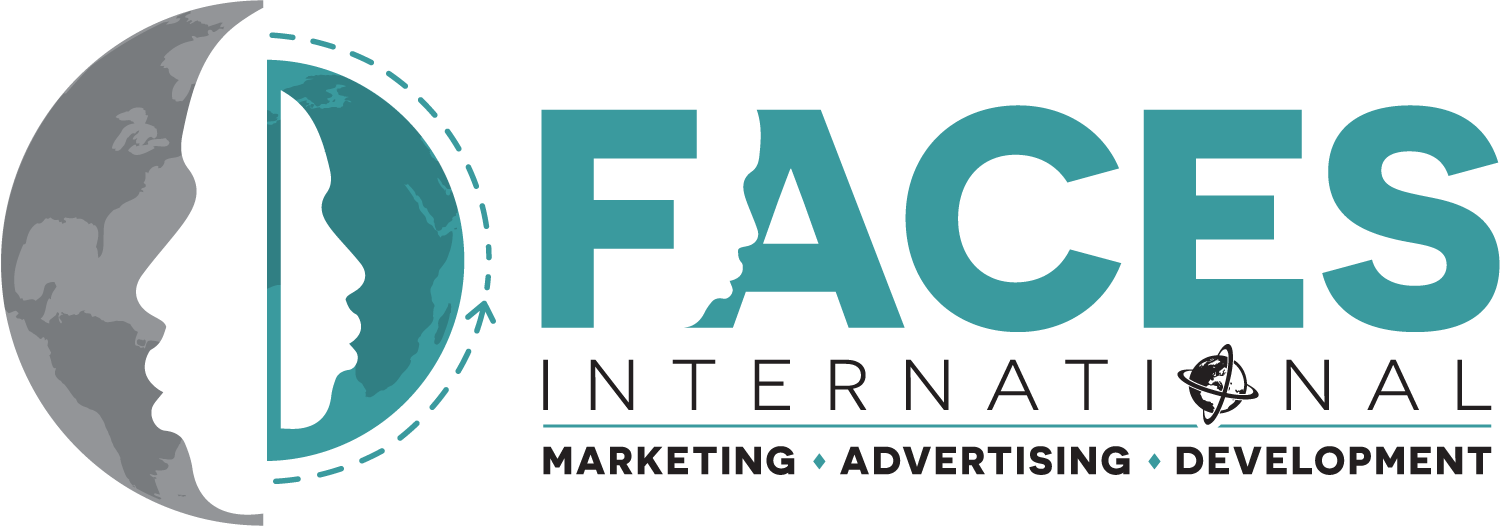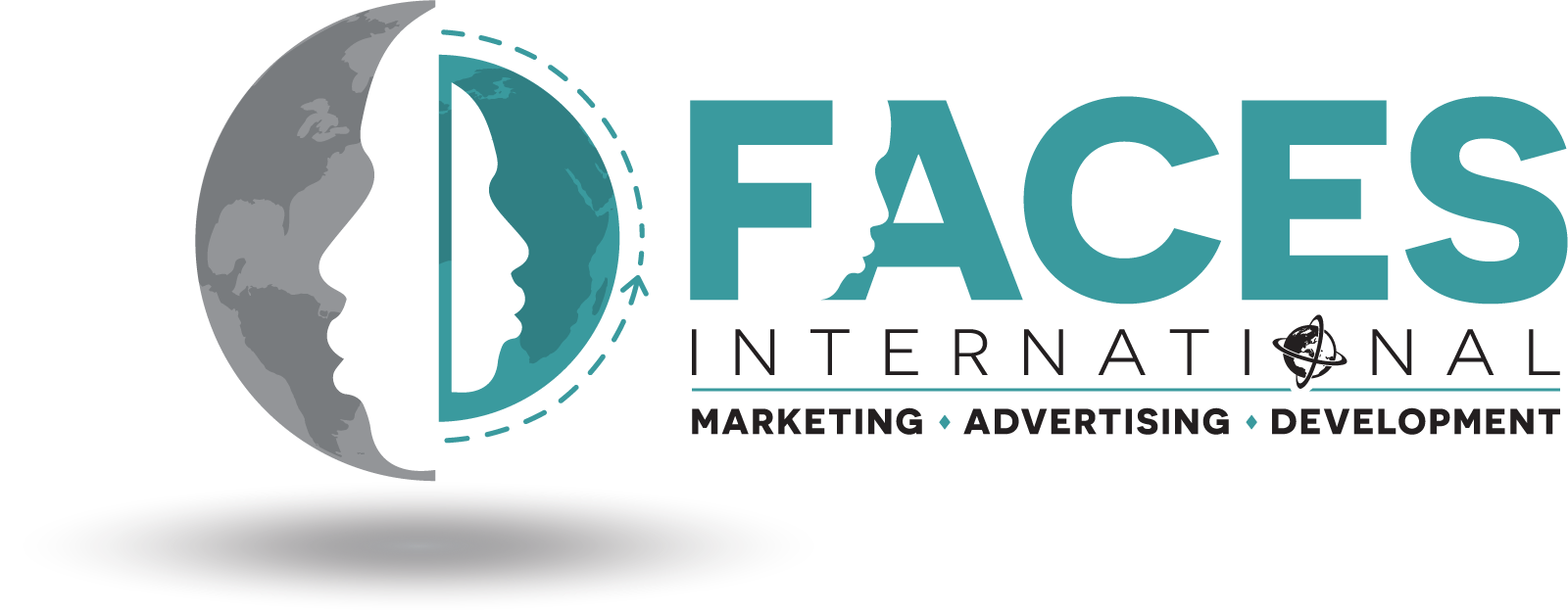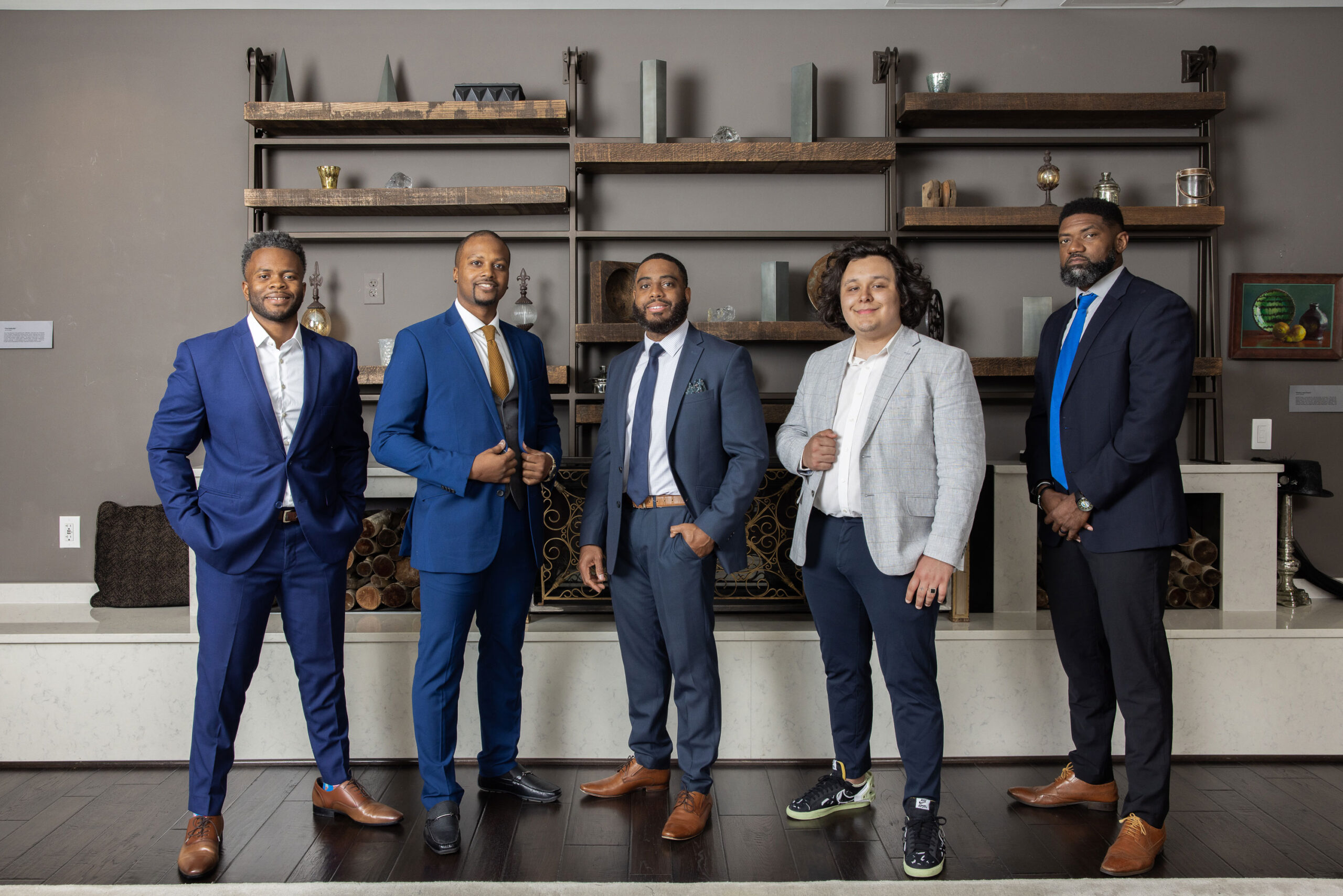
Near the end of 2023 I had the opportunity to sit with an honest, young, cisgendered White man for breakfast. We do this occasionally to exchange ideas, experiences, challenges, and supports. On this brisk morning, he had the all-encompassing traditional breakfast spread and true to form, I elected to give the location’s “Huevos Rancheros” una vuelta. Once the formalities of menu small talk, and weather concluded, we dove into our reasons for having a semi-annual meal together: nourishment.
We got into a conversation about the purpose of DEIB training and development workshops. About halfway through our critical dialogue, he shared a story about a DEIB session he was going to be a part of. Prior to the session, the facilitator spoke to him about the workshop design.
“And as an introduction, we’ll have everyone share their preferred pronouns” the facilitator remarked. As their conversation continued, he asked “Why? Why do you want me to share my pronouns?” The facilitator loosely stated that “we should try our best to create a space where all feel safe and welcomed.” And, in his own words, “I [He] pushed back.”
For me, as he shared his experience, I thought to myself, “of course a cisgendered White man would push back on the idea of co-creating space for others to feel welcomed as long as his voice was heard, and his comforts confirmed-typical power move.” But, as I probed a bit more to understand his reluctance, I realized that his experience and response created a moment for my own profound self-reflection as a DEI therapist.
After opening my ears so the truth could seep through, I realized that I should actually prefer that he not attempt to create a space for safety in a moment where he was not quite sure about how he could, or if he was willing to commit beyond an introduction. By stating his pronouns to create a safe zone (as opposed to clarifying his identity), he would ultimately engage in an outright lie-That same lie that has trusting people calling on dangerous individuals who have sworn to “do no harm” in hospitals, or to “protect and serve” within toxic precincts. During the engagement he could not promise that without the proper tools, languages, and experiences, he could create a space for shelter. He could, however, guarantee that he would be there for the conversation, he would commit to being honest, work through his discomforts, and that he would welcome, and make room for the voice and experiences of others.
In other words, he did not want to put on the armor of an ally, while applying (intentional or unintentional) tools of the perpetrator.
In DEI education we overlook the realities of the human condition in favor of the Utopia. We try to create environments for open and honest dialogue while shutting out the diversity in the authentic conversation that gets us to think differently about our approach. By pushing for these false agreements, we unknowingly put the very folks we are trying to protect in harm’s way by trying to generate a harmony that may not be present. Within this practice we encourage deceit, half-truths, and misrepresentation that stand to further wound all involved.
Companies spend substantial time creating DEI safe spaces, but rarely ensure safety. They rally in response when something oppressive happens or when DEI is popular. They use their proper pronouns in the moment to create security and to tell people “you belong here”, but act in contrast. It’s a set up. It’s dangerous. Many industries started implementing DEI positions and development sessions after the murders of George Floyd and Breonna Taylor, but as the popularity began to fade, those same companies began to slow down their pursuit of creating inclusive and “care for all” environments. They slid comfortably back into their “cis-ness”- where what they look like, how they truly feel, and the social structures that dictate their practices began to align again.
As practitioners, we must stop forcing people to create safe spaces when they lack the tools, knowledge, awareness, and sometimes the desire to do so. Let’s welcome the folks who know they need more and who are willing to push back on our mission to create a false moment of wellbeing as America has done so flawlessly for certain communities.
In business, liken it to a company’s modern day mission statement. These missions often state that all people matter, and that the community and employees are their focus. Then, as those audiences let their guards down, engage, and lean into that “protection,” they realize that they’re behind enemy lines and things aren’t as secure as they imagined based on the “he/she/they/us/all” introduction.
So, good people, Check in. And while it may be tough to stomach or difficult to state, mark yourself and others as safe from the pretending and the act of caring. Boldly step into honesty regardless of the pain of growth you may experience through truth. It’s necessary for progress. Afterall, when we are genuinely safe, we’ll feel it and it won’t take a mission statement or introduction for us to know. The visible work, endeavors, and accomplishments will make the immediate announcement.
Tyrone Russell
He, Him, They, Them
Principal Consultant, Faces International
_____________________________________________________
Oh, feel free to sub “pronouns” with “anti-racist organizations”…





